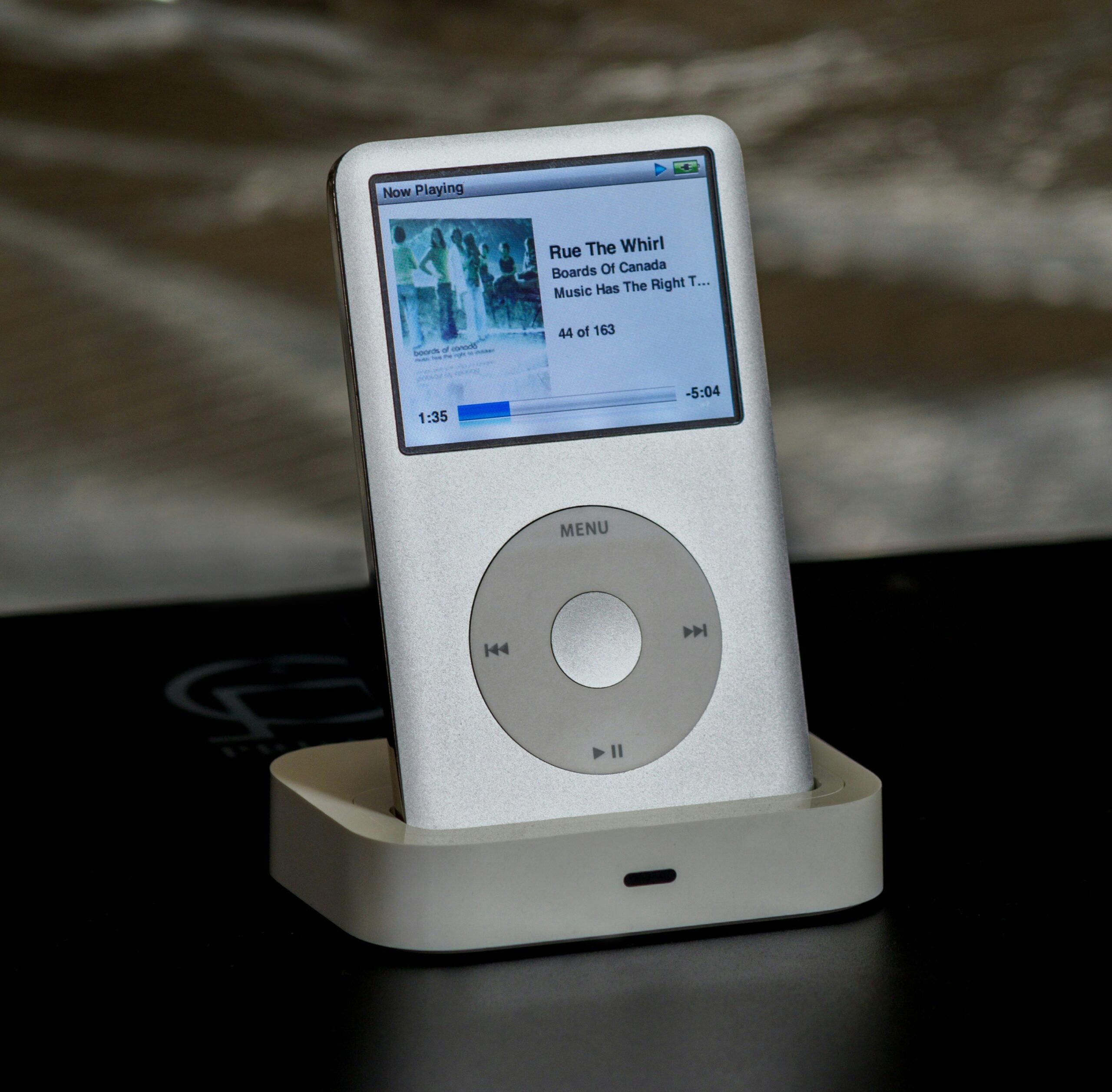The consumer electronics industry has profoundly transformed human life, evolving from rudimentary inventions to sophisticated devices that permeate every aspect of daily existence. This blog delves into the journey of consumer electronics, highlighting pivotal innovations, significant milestones, their impact on daily life, and future projections.
Early Innovations in Consumer Electronics
The genesis of consumer electronics can be traced back to the late 19th and early 20th centuries. Thomas Edison’s invention of the phonograph in 1877 marked a significant milestone, introducing a device capable of recording and reproducing sound, thereby revolutionizing home entertainment.

1920s:
The 1920s witnessed the mass production of radio broadcast receivers, making information and entertainment more accessible to the public. This era also saw the emergence of the electric typewriter, enhancing efficiency in communication and documentation.

Early radio made with vacuum tube seen on top right
Milestones in Consumer Electronics Development
The evolution of consumer electronics is marked by several key milestones:
1930s:
The introduction of television brought visual media into homes, altering entertainment and information consumption patterns.

1950s:
In the 1950s, transistor radios became popular, offering portable and affordable access to music and news.

1970s:
The advent of home video game consoles, such as the Magnavox Odyssey and Atari 2600, introduced interactive entertainment.

1980s:
The personal computer revolutionized work and leisure, making computing power accessible to individuals.

1990s:
The rise of mobile phones transformed communication, leading to the development of smartphones in the 2000s, which integrated multiple functionalities into a single device.
2000s: The proliferation of digital media players, such as the iPod, changed how people consumed music and videos.
2010s: Smart home devices, including voice-activated assistants and interconnected appliances, began to redefine household management.



These milestones underscore the rapid advancement of technology and its integration into daily life.
Impact of Technology on Daily Life
Consumer electronics have significantly reshaped lifestyles and habits:
Communication: The evolution from landline telephones to smartphones has enabled instant connectivity, altering social interactions and information dissemination.
Entertainment: Streaming services and digital media players have shifted entertainment consumption from scheduled broadcasts to on-demand access.
Work: Laptops and mobile devices have facilitated remote work, increasing flexibility and changing traditional office dynamics.
Health: Wearable technology, such as fitness trackers and smartwatches, allows individuals to monitor health metrics in real-time, promoting proactive health management.
Home Management: Smart home devices enable automation and remote control of household systems, enhancing convenience and energy efficiency.
These developments have led to more connected, efficient, and personalized experiences in various aspects of life.
The Future of Consumer Electronics
Looking ahead, several trends are poised to shape the future of consumer electronics:
Artificial Intelligence (AI) Integration: Devices will become more intuitive, leveraging AI to anticipate user needs and provide personalized experiences.
Edge Computing: Processing data closer to the source will enhance speed and security, benefiting applications like autonomous vehicles and smart home systems.
Sustainability: There is a growing emphasis on eco-friendly designs and energy-efficient products, reflecting consumer demand for sustainable solutions.
Augmented Reality (AR) and Virtual Reality (VR): These technologies will offer immersive experiences in gaming, education, and professional training.
5G Connectivity: The widespread adoption of 5G networks will enable faster and more reliable wireless communication, supporting the growth of the Internet of Things (IoT) and connected devices.
These trends indicate a future where consumer electronics are more integrated, intelligent, and responsive to individual needs.
Conclusion
The evolution of consumer electronics from simple inventions to complex, multifunctional devices has profoundly impacted society. As technology continues to advance, it will further transform how individuals live, work, and interact, underscoring the dynamic relationship between innovation and daily life.






